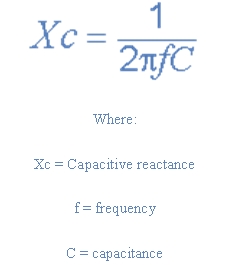(Note: A consolidated version of this topic that contains all six part can be found here)
Effects of Common Mode Voltage Frequency
We’ve covered evaluating noise magnitude to see if noise elimination is worth the time and effort, and a procedure to test the instrument for proper operation. In part 2, the concept of a common mode voltage (CMV) was introduced, and how a CMV can disrupt the operation of even isolated instruments if it’s too large. Here I’ll continue the discussion of common mode voltages in isolated instruments, focusing not on its magnitude, but on its frequency.
Most of the CMV situations you’ll encounter revolve around 50/60 Hz power, or maybe 100/120 Hz in the presence of florescent lighting. These are low frequency CMVs that won’t interfere with the ability of an isolation barrier to perform. There are applications however that can wreak havoc on an isolation barrier; in the presence of high frequency noise generated by a welding machine or some other piece of industrial equipment, for example.
As the frequency of the CMV increases, the effectiveness of the isolation barrier decreases. This is due to the parasitic capacitance inherent to any non-optical isolation amplifier (parasitic capacitance). The formula used to calculate capacitive reactance (Xc) illustrates this relationship.
Think of capacitive reactance as the amplifier’s ability to resist noise. As the frequency (f) of the CMV rises, the isolation amplifier becomes less effective. At a certain threshold frequency the CMV is no longer blocked by the isolation barrier, but effectively coupled through it because of the barrier’s inherent parasitic capacitance.


 View Cart
View Cart sales@dataq.com
sales@dataq.com 330-668-1444
330-668-1444